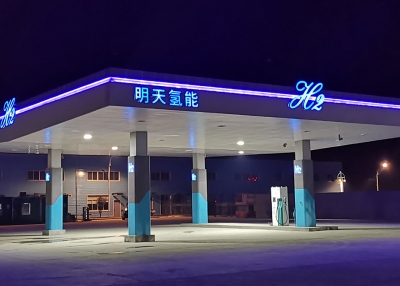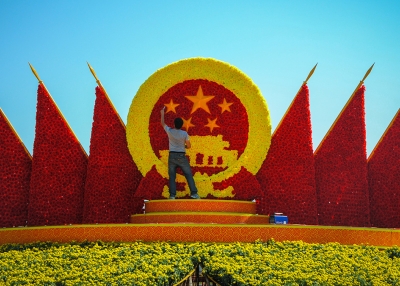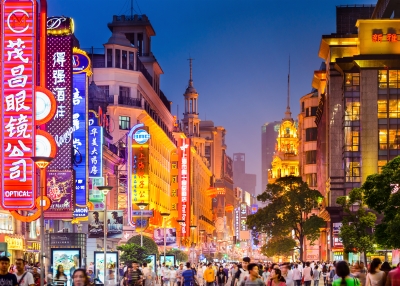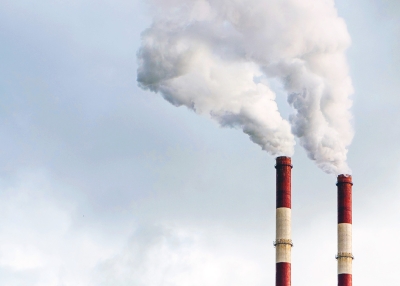China Executive Brief | China Sprints to a Green Future
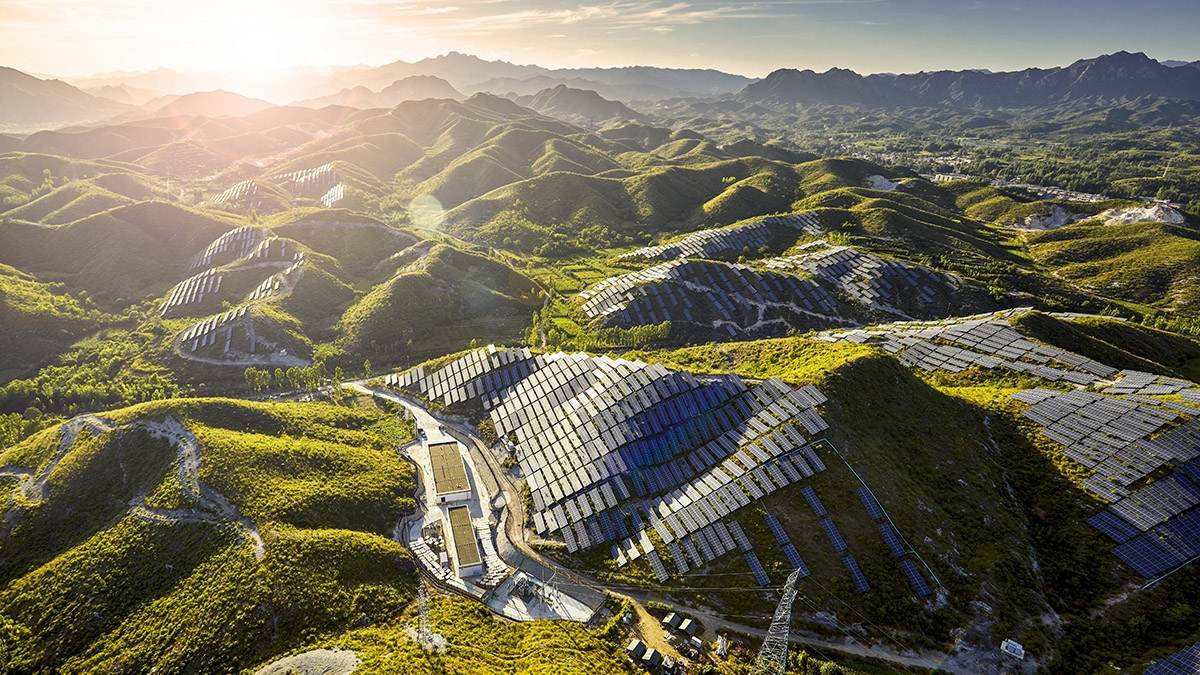
China Executive Brief
READ NOW
Once a talking point, carbon neutrality by 2060 has started to turn wheels in Xi Jinping’s design for a secure, prosperous and more liveable PRC. Admittedly the world’s biggest emitter, Beijing aspires to be a model of green transition. Industries, regions and bureaucrats are on notice to overhaul their growth models. Energy security remains an imperative, as do manufacturing capacity and economic stability; all demand carbon-savvy futures. Few in China doubt Beijing’s resolve, but is there enough time and political space for the transition?
Key Takeaways for Australian Leaders
-
Carbon neutrality by 2060 is a major element of President Xi Jinping’s vision for a secure, prosperous and more liveable China. As the world’s biggest emitter, Beijing aspires to be a model of green transition. With climate change mitigation a major element of China’s latest Five-Year-Plan, the central government has given a clear indication of its intentions to decarbonise its economy. Trading partners that can align with China’s national targets, in this case climate change mitigation, will be best prepared to engage in the China market.
-
China’s decarbonisation push comes from the highest levels of China’s government, which sees climate action as an economic, political and social imperative. This agenda is also supported by the Chinese people. China understands it won’t achieve net-zero alone. It will need technology and innovation, talent and a favourable global environment. It opens opportunities for Australian business to provide services, technologies and talent despite the continuing diplomatic and political tensions.
-
China’s demand for Australian coal will decline further as key domestic industries look to decarbonise. Recent trade tensions have already seen Australian coal fall down the pecking order and this can be expected to continue as coal’s share of China’s energy mix continues to decrease with rising competition expected over the remaining share of coal in China’s energy makeup.
-
Not all emissions reductions will be made in China domestically. While most offsetting is forecast to take place in the developing world, Chinese investors will look favourably on all markets that provide a stable investment environment with clear and consistent policy signals. When and if Australia’s own net zero policies mature, it can also be one of those markets. China may prioritise green investments when investing offshore and Australian firms should take notice and get ready as the evolution of Chinese capital continues.
-
As China’s decarbonisation gathers steam, Australian consumer exports that reflect clear provenance, low carbon production, light environmental footprint and ethical values will be seen favourably by a savvier and “greener” Chinese middle class. While Australian produce has enjoyed a reputation for being ‘clean and green’, the international competition for green products is fierce and Australian products may be losing their earlier competitive edge.
Read and download 'China Sprints to a Green Future'' now.
China Executive Briefing is an initiative of Asia Society Australia and China Policy to provide up-to-date, impartial and accessible analysis of China’s economic policies and trends and their implications for Australia.




